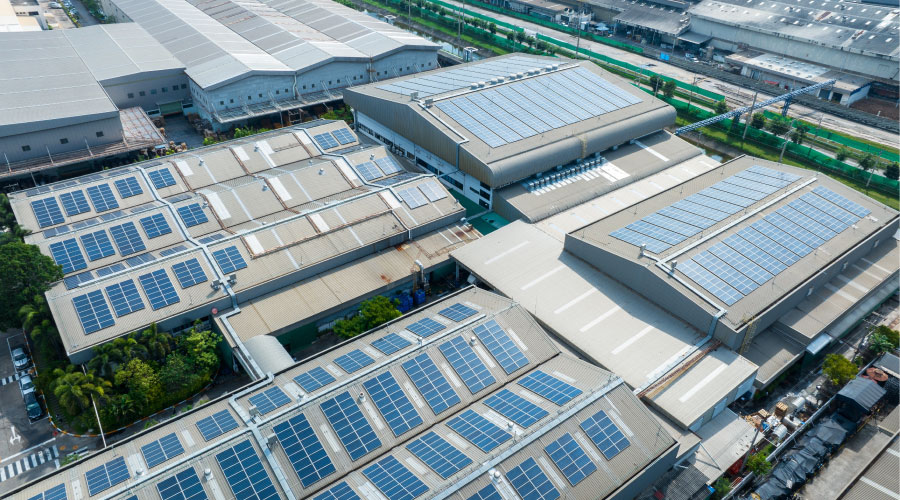Examining Energy Audits at Ground Level
A Level I energy audit assesses a building's energy use and efficiency. It includes an analysis of energy bills and a brief on-site building survey. This audit defines various space functions in the building, specific building information, and types of energy-using systems. Then it identifies and provides a savings and cost analysis of low- and no-cost measures. It also provides a listing of potential capital improvements that merit further consideration, as well as an initial judgment of potential costs and savings.
This analysis is appropriate for managers seeking an initial overview of energy-saving opportunities or who have limited funding. At minimum, the recipient of this audit gains an understanding comparable to the preliminary energy-use assessment. The audit also provides: a rough breakdown of energy use by end devices; identification of no- and low-cost energy-conservation measures relating to building operation and maintenance procedures; potential savings produced by recommended measures; and identification of potential capital improvements.
This type of energy audit is intended to offer a high-level view of the way a facility is operating. It is perfectly reasonable to start at this high level in order to understand the way a facility is performing and later move to a more detailed assessment. This audit also is intended to at least identify capital-investment projects, but these measures require further detailed analysis.
For managers who do not have a large budget for capital-replacement projects or just need a better understanding of a facility's energy use and a starting point, a Level I audit focusing on operation and maintenance practices with less emphasis on major equipment replacement might be the best option.
Related Topics:














